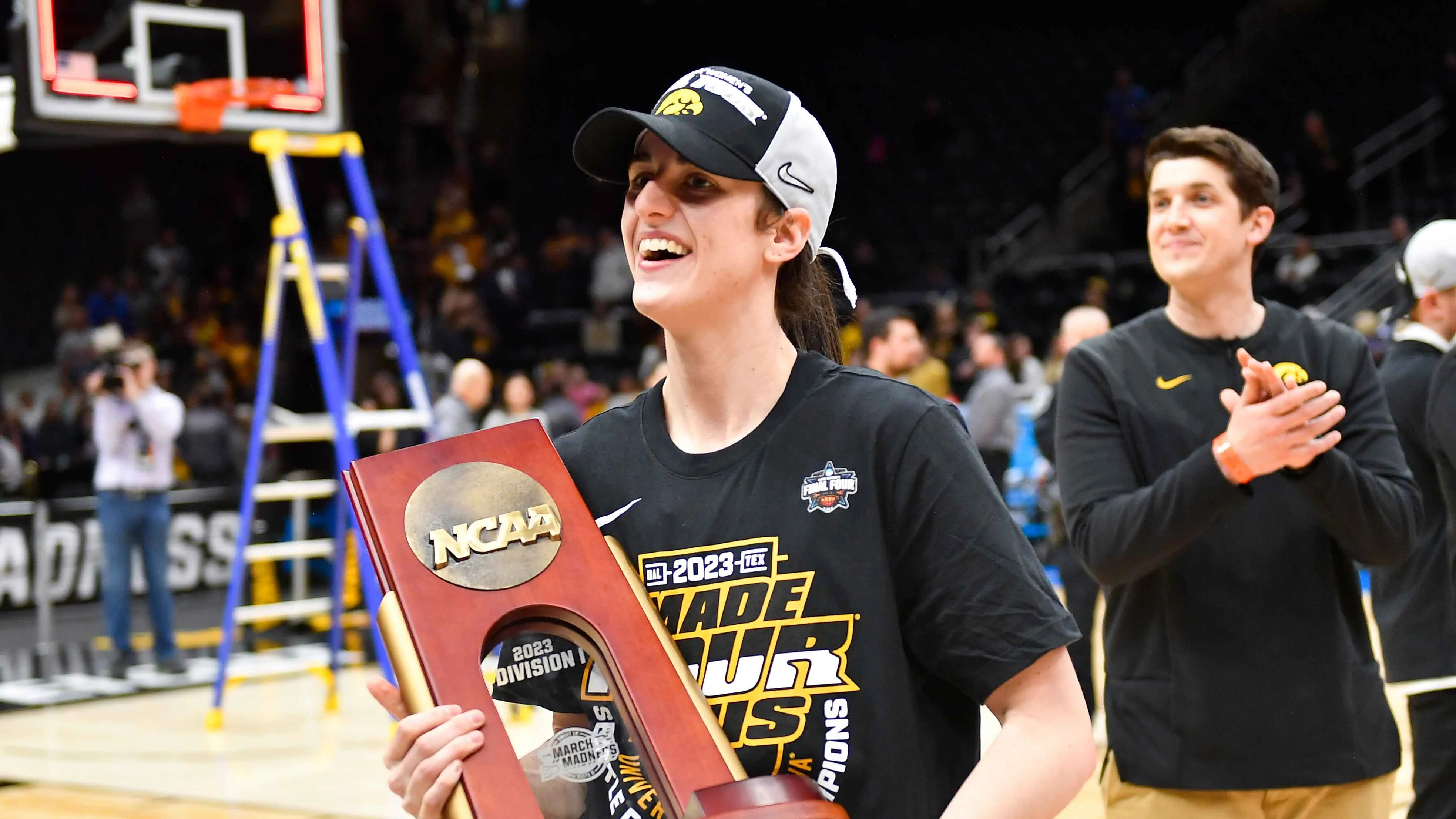
We continue our training camp preview by breaking down the Eagles at the tight end position, which figures to be a much more prominent part of the offense under Chip Kelly.
[ Five Tough Questions for Eagles Training Camp:
Quarterback | Running Back | Wide Receiver | Offensive Line
Defensive Line | Linebackers | Cornerback | Safety ]
Is Brent Celek being phased out of the Eagles’ offense?
Stay in the game with the latest updates on your beloved Philadelphia sports teams! Sign up here for our All Access Daily newsletter.
Not yet he isn’t. Initially things weren’t looking so great for Celek after the Eagles went out and signed free agent James Casey and drafted Zach Ertz in the second round (No. 35 overall), but there should be more than enough snaps to go around.
He might not be on the field for 75% of the plays like he used to under Andy Reid, however Celek still possesses plenty of value. He brings a slightly different skill set to the party than the other two – more proven as a vertical threat than Casey, who recorded a career high with 330 yards receiving last season, not to mention Celek is a capable blocker unlike Ertz, who is described as needing work in that aspect of his game.
It’s not like Celek is old – he’s 28, and Casey is actually older by eight months – plus while his contract allows the team to dump him after this season, his 2014 salary of $4 million is not an excessive figure for a player who’s averaged 59 catches, 744 yards, and 4.5 touchdowns over the past four seasons. Those aren’t quite Pro-Bowl numbers, but they’re certainly solid.
They’re also far better than what Casey or Ertz have ever produced in the NFL. With tight end becoming a focal point in the Eagles’ offense, Chip Kelly may eventually want an upgrade over Celek, but it’s not like decent receiving tight ends that can also block a little bit grow on trees. Expect him to thrive for at least another season or two, and don’t be surprised if he’s here longer.
News
Exactly what does James Casey bring to the table?
A little bit of everything. To the casual observer with a tendency to focus on statistics, Casey would not appear to be a very major signing at all. He recorded new personal bests with 34 receptions, 330 yards, and three touchdowns on the Houston Texans last season, which are essentially replacement-level totals.
Casey, who signed for three years/$12 million, figures to be featured more prominently in Chip Kelly’s scheme, although he won’t necessarily shatter those career numbers. Jimmy Kempski of Blogging the Beast once called him a Swiss army knife H-back. He has the size (6-3, 240) and athleticism to run a route and haul in a pass, but he can move around the formation and block on the line of scrimmage or in the backfield. He can be a lead blocker in the running game, or even take a handoff himself.
A fifth-round pick in ’09, Casey isn’t suddenly going to break the mold. He may never get the accolades or the trips to Honolulu. This is a gritty player though, one who will perform many different duties at an adequate-to-above-average capacity. The Eagles needed more players who were willing to do the dirty work, and it appears they found a good one in Casey.
What should we expect from Zach Ertz in his rookie season?
Don’t go overboard. If all goes according to plan, Ertz could eventually develop into one of the most dangerous weapons on the team, but there is reason to believe he could be brought along slowly as a rookie.
For one, as was already touched on, Ertz isn’t supposed to be much of a blocker. That’s no small detail, as blocking is typically a fairly large part of the job description for most tight ends. Guys can get away with being more receiver-inclined when they’re putting up big numbers, but Ertz is starting from the bottom, so he’ll likely have to improve that aspect of his game to earn the trust of the coaching staff.
There’s also no rush to get the Stanford product on the field. Celek is a fine tight end, and Casey’s role will be a little more unique. Add in the fact that Ertz may have fallen a little behind after missing some of the Birds’ offseason programs (by NFL rule), and you can begin to understand why expectations should be kept in check.
The one area where I could see Ertz making an immediate impact is inside the red zone. The Eagles have struggled down by the goal line for what seems like an eternity, and Ertz has the size (6-5, 249) and athleticism to create match-up problems for defenses. He could easily lead the club’s tight ends in touchdown catches this season.
Can Clay Harbor make the team?
Outlook not great, but yeah, he has a chance. The writing is usually on the wall whenever a head coach starts asking a depth player like Harbor to try out on the opposite side of the ball. Not to make too much of Harbor getting a look for one day at outside linebacker, but given the rather crowded field of tight ends, he was already considered to be on the fringe at best.
That said, he’s not out the door just yet. His job depends first on how many tight ends Chip Kelly decides to carry on his 53-man roster. If the number is four (or higher), Harbor might have the inside track to the final spot. He plays on special teams, which will be a must here, is a willing blocker, and you can do worse in terms of an athlete.
The Eagles used a fourth-round pick on Harbor out of tiny Missouri St. in 2010, and while he’s likely past ever realizing potential as a pass-catching threat, the 26 year old has some tools to work with. He’ll face some competition from Derek Carrier and Will Shaw, and there’s no guarantee Chip keeps more than three, but Harbor’s got a fighting chance.
Will tight end replace wide receiver in the Chip Kelly’s system?
Replace is probably too strong of a word. One thing is for certain though, and that is we never would have been able to come up with five questions exclusively about tight ends during the Andy Reid era. This one comes about from a piece by Dan Klausner for Bleeding Green Nation in which the writer suggested soon there would not be any differentiation between receiver and tight end in the Eagles’ system.
Anybody can plainly see tight end is going to be a focal point of the offense based on the front office’s aggressive pursuit of Casey and Ertz during the offseason. Casey was a day-one signing in free agency, while a second-round pick for Ertz was a luxury some analysts suggested the Eagles couldn’t afford to use on the position. The NFL as a whole might be trending increasingly toward tight-end powered offenses as well after seeing what the New England Patriots have done the last couple seasons. These guys are typically all 6-3 or taller and in excess of 250-lbs., so putting two or even three of them on the field at the same time creates match-up problems in both the passing and running games.
What if all of a team’s skill players looked like that? The Eagles did attempt to add size to their receiving corps, trading for Arrelious Benn(6-2) and giving Ifeanyi Momah (6-7) a shot.
Wide receiver will always be prevalent however because speed kills. A player with DeSean Jackson’s 4.3 burners – rare in general, rarer for a big man – on the outside stretches the field. An elusive player such as Damaris Johnson can run free out of the slot without getting pressed at the line of scrimmage, and slip into openings in the coverage much more quickly. It seems foolish not to try and utilize all of that. That makes the offense more dynamic/flexible.
So while tight end figures to be a central part of the game plan on Sundays much more heavily than ever before and increasingly so, it’s not like the wide receiver position is going extinct in Philly.
Andrew Kulp is a freelance writer covering Philadelphia sports for The700Level.com. E-mail him at andrewkulp@comcast.net or follow him on Twitter.


